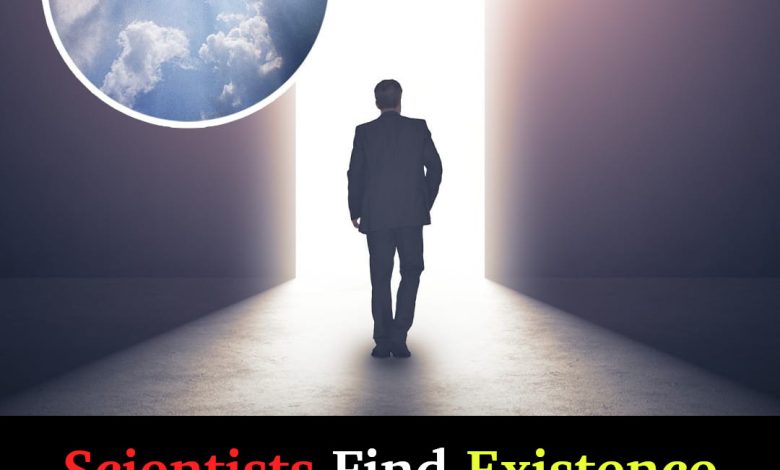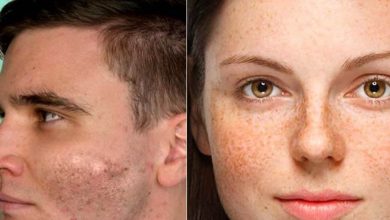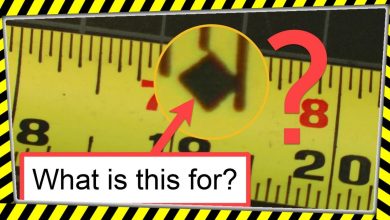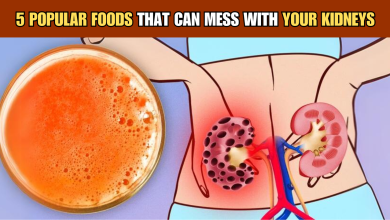
Life and Death: No Longer Opposites?

Traditionally, life and death have been viewed as opposing forces—life as the presence of vital functions, and death as their cessation. However, a recent study suggests that these concepts might not be as distinct as once believed. Scientists have uncovered a “third state,” where cells continue to function and even develop new abilities after an organism dies.
A New Form of Multicellular Life

One of the most groundbreaking discoveries is the emergence of new multicellular life from cells of dead organisms. This transformation introduces an entirely new state that lies beyond the boundaries of life and death. Researchers have found that cells can continue to survive and reorganize after death, forming new structures capable of performing unexpected functions.2
Frog Skin Cells Become Living “Xenobots”

In a stunning example of the third state, scientists at the University of Vermont observed skin cells from dead frog embryos transforming into living machines called xenobots. These xenobots not only moved but also used their tiny hair-like cilia to navigate their environment—something they wouldn’t do in a living frog.3 This self-assembly behavior showcases the incredible plasticity of cells even after death.
Self-Replication Without Growth

Xenobots display another remarkable ability: kinematic self-replication. They can replicate their structure without needing to grow. This ability marks a stark contrast from typical living organisms, which rely on growth and cell division for replication. The potential applications of this phenomenon in medicine and technology are immense.
Human Lung Cells Become Anthrobots

It’s not just frog cells that have shown this unique “third state” behavior. Researchers discovered that human lung cells could reorganize into tiny multicellular organisms called anthrobots. These anthrobots can move around, heal themselves, and even repair damaged neurons, hinting at revolutionary medical possibilities.
Cellular Survival Postmortem

The ability of cells to survive and function after death varies depending on environmental conditions, metabolism, and preservation techniques. For example, while white blood cells in humans die within 86 hours postmortem, other cells can persist much longer. In some species, muscle cells have been regrown weeks after death.
Bioelectricity and Cellular Communication

One hypothesis suggests that bioelectricity—signals generated by channels and pumps in cell membranes—allows cells to communicate and perform new functions even after death. This potential electrical system could explain how cells continue to function and transform in this third state.
Implications for Regenerative Medicine

This discovery of a third state is not just an intriguing scientific puzzle; it also holds promise for medical applications. Researchers believe that engineered anthrobots could be used to deliver drugs, dissolve arterial plaque, or clear excess mucus in patients with chronic conditions like cystic fibrosis—all without triggering immune responses.
Natural “Kill Switch” for Safety

Fortunately, these multicellular organisms have a finite lifespan. After four to six weeks, they naturally degrade, preventing any concerns about uncontrolled growth or invasion. This built-in “kill switch” ensures that the potential medical applications of the third state remain safe and controlled.
Transforming Our Understanding of Biology

The third state challenges our basic understanding of life, death, and cellular behavior. It could revolutionize how we approach regenerative medicine, redefine legal definitions of death, and offer new insights into the limits of cellular transformation. As scientists continue to explore this uncharted territory, we are likely to see incredible advancements in both biology and healthcare.
This new “third state” between life and death has the potential to transform medicine, helping scientists develop innovative treatments and expand our understanding of what life really means. With discoveries like xenobots and anthrobots, the future of biology just got a lot more interesting.







